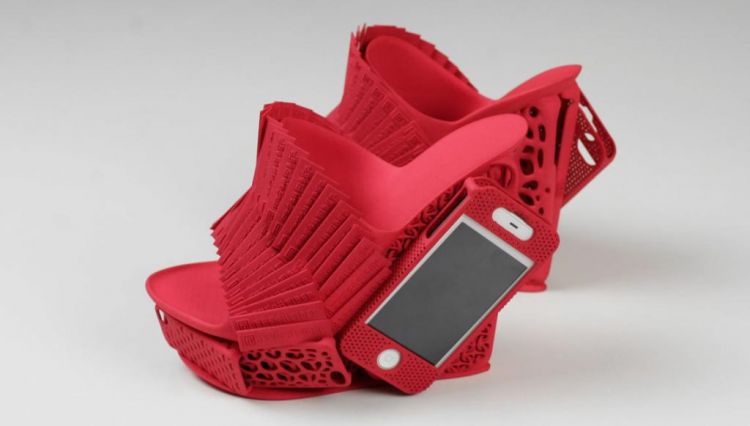3D jetting: what is it and where is it applied

The appearance of Three-Dimensional Printing (3DP) followed 2D printing. It has a standard operating principle: printing of details by an extruder nozzle.
This technology was invented at the Massachusetts Institute of Technology 24 years ago. Z Corporation promoted its commercial distribution as late as in 2012.
Technology 3DP
The American Society for Testing and Materials specifies two types of 3D jetting:
- material jetting;
- binder jetting.
At material jetting, consumable material is fed through a nozzle and then application solidifies.
At Binder jetting, specially manufactured glue is spattered on a thin layer of gypsum, polymer or metal.
A chamber consists of two elements: one is used for filling consumable material, another is a place where the whole printing process is conducted.
Printing stages:
- designing a CAD model;
- application of a powder layer on an operating platform;
- dispensing binder along margins of the first layer of the model;
- moving an operating platform by 1 level down and unloading a job box with binder inside by 1 level up;
- rolling the next layer across the platform.
Having completed the printing process, take the model out of the machine and clear out the powder.
;
Pros and cons
You won’t find a technology without drawbacks. Let us explore pros and cons of 3D jetting in details.
Advantages:
- perfect operating speed (6 mm per hour);
- reasonable price for consumable materials.
Disadvantages:
- gypsum models are pretty fragile so the sphere of their application is limited;
- only disposable press forms are available;
- in combination with powder, gypsum leaves much dust.

Application
3D jetting can be applied in various spheres. Bioprinting and confectionary are the most unusual ones. While bioprinting, living cells are applied layer by layer in order to create organic tissue.
When used in confectionary, these printers can make 3D models from sugar for decorations of cakes and muffins.
Consumable material
Gypsum is a leader among all materials for 3D printing on original devices. Therefore, you can also come across it called gypsum 3D printing.
Apart from gypsum, various types of plastics, sand mixes, and even metals can be used. It is essential that they are powdered.
Post-processing influences the final product. The following variants are possible: coaling, sintering, and melting.
Subscribe to the news of 3D Print Expo 2017 on Facebook and VK!







